Biochemical personal protective equipment usually needs to deal with very complex and dangerous environment. It needs to be equipped with liquid-tight or airtight properties when in special circumstances to deal with a variety of toxic and hazardous liquid, gaseous, smoke, solid chemicals, biological agents, military gas, even nuclear pollution. Such equipment which is to ensure the protective performance has to sacrifice comfort in nowadays. Therefore, the developing trend for future biochemical protective clothing research is to achieve better protective performance and reduce weight and heat stress, improve the comfort of protective clothing.
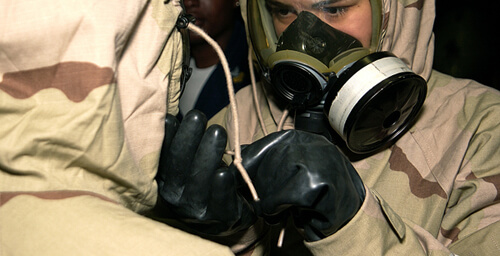
The intelligent barrier film material can make the surface of biochemical personal protective equipment have self-sensing (“sensor” function) of poisonous and harmful substances, self-response (“actuator” function), self-adapting ability, ensuring the protection performance and adjusting breathability, moisture permeability self-disinfection or self-cleaning according to the external environment. This can greatly improve the protective performance and comfort of biochemical personal protective equipment.
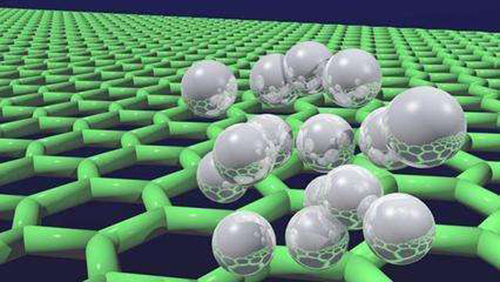
The intelligent materials which can respond to chemical or biological stimuli (including chemicals, PH, ionic concentration, reaction heat (Checking radiant-heat protective performance tester to know more about heat resistance), moisture, surface tension, function of bio-surface, etc.) includes conductive polymers, Chromium materials, active adsorbents and deformation materials. Among these materials, the conductive polymer is a promising biochemical intelligent protective sensor materials, such as polymer doped polypyrrole, polythiophene and polyaniline (PANI) can be used as a sensor to detect volatile and liquid chemicals.
The shape memory polymer has the ability to maintain the temporary shape and can recover the initial shape when subjected to appropriate external stimuli. The shape memory polymer has the advantages of low density, large amount of recoverable deformation, easy forming, and adjustable shape temperature. It has wide application to work as “actuator” self-reactive barrier film. The shape memory polyurethane can improve the wearing comfort of fabrics by using its thermal activation properties can play low temperature (<Tg) low permeability of the warm and high temperature (> Tg) high permeability of the heat dissipation.
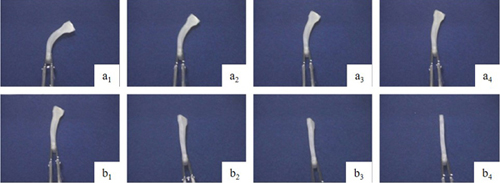
At present, the commercial shape memory polyurethane materials include shape memory polyurethane heat-sensitive breathable films developed by SMP Technologies, shape memory polyurethane-based film materials developed by Ahlstrom of Finland (temperature-sensitive , Breathable overall film sandwiched between two layers of microfiber spunbond polypropylene non-woven fabric made) and so on.
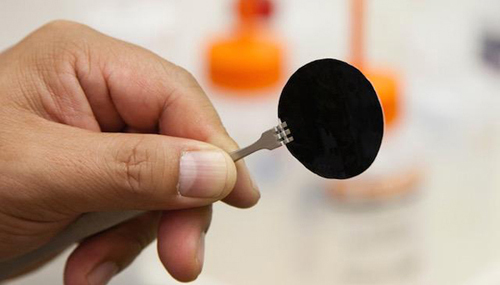
In addition, the electro-braking nanoporous polymer films prepared by grafting ion gel also show great potential in biochemical protective clothing. Due to the action of applying and removing electric field, ions in the nanopore Gel expansion and contraction, which can adjust the aperture as needed to improve air permeability.
Adaptive smart materials provide immediate protection to the wearer in response to external stimuli such as self-cleaning or self-healing functions, timely decontamination of the surface, or repair of defects on the surface of protective clothing Prevent ingress of harmful substances for smarter Protection.
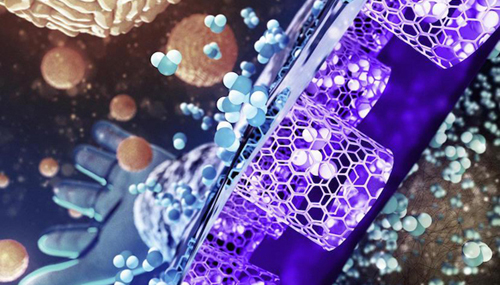
In 2016, Lawrence Livermore National Laboratory (LLNL) developed a membrane called “skin layer 2” that has well-aligned carbon nanotube wetting pores of less than 5 nm. It has better air permeability than GORE-TEX film material. At the same time, it has great barrier performance against the invasion of biological viruses duo to its size is smaller than viruses with size of 10nm. The researchers also develop a “self-cleaning” defense which means the surface film material automatically falls off for self-cleaning purposes when reacting with harmful chemical substances. It is expected to be used in its future biochemical protective clothing system.






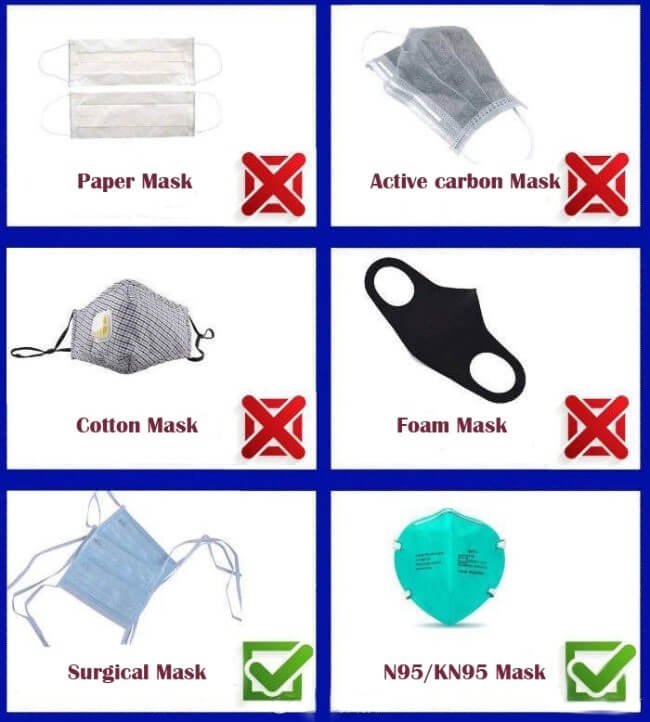
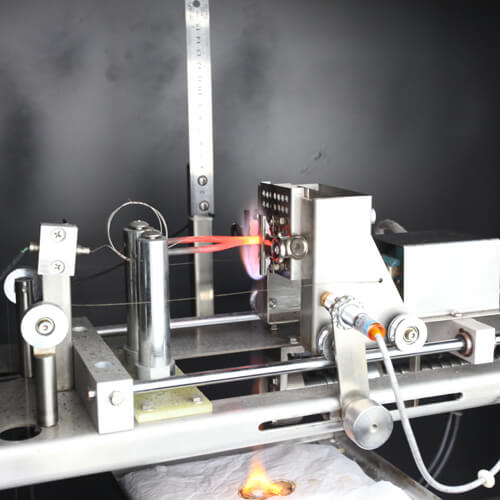
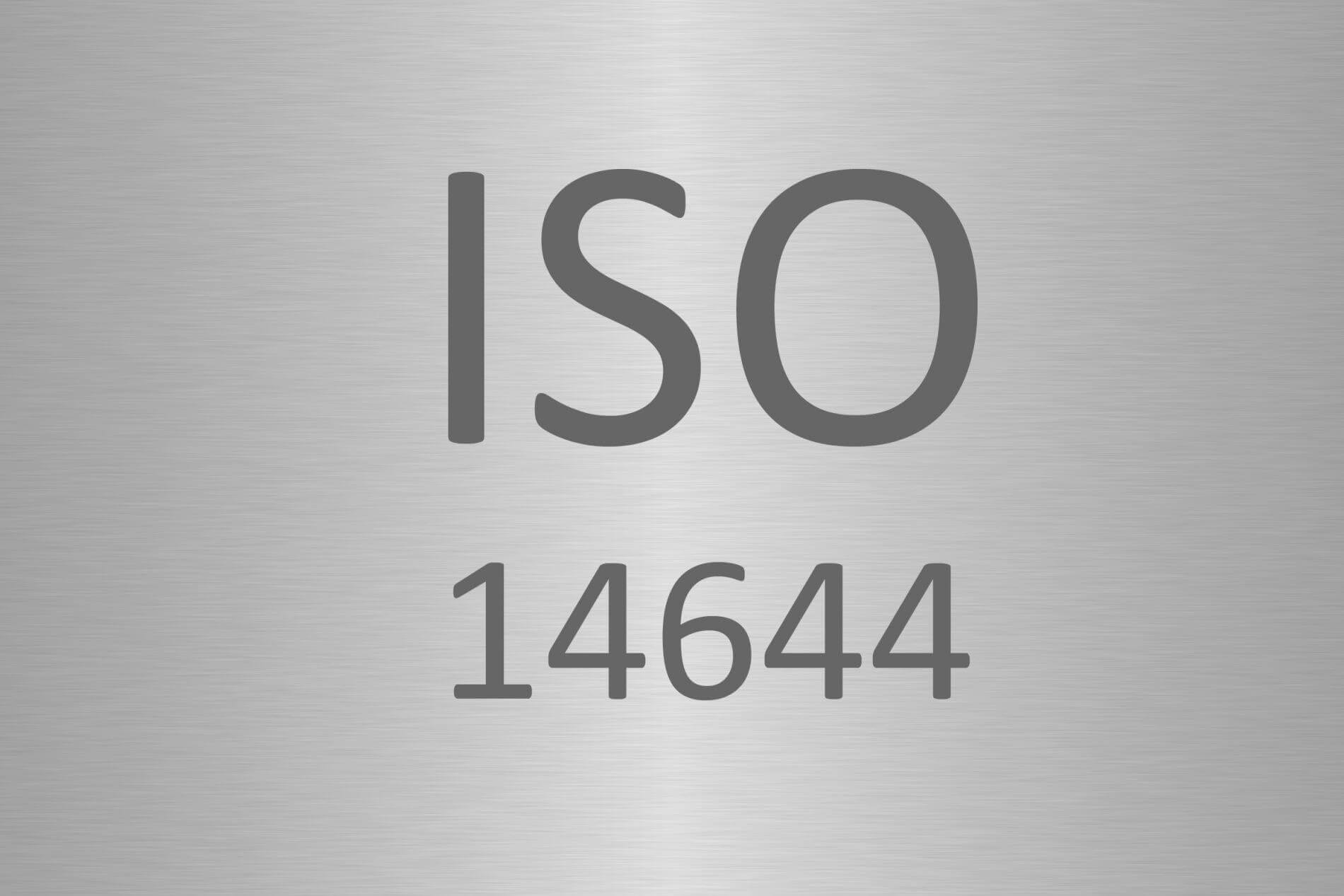
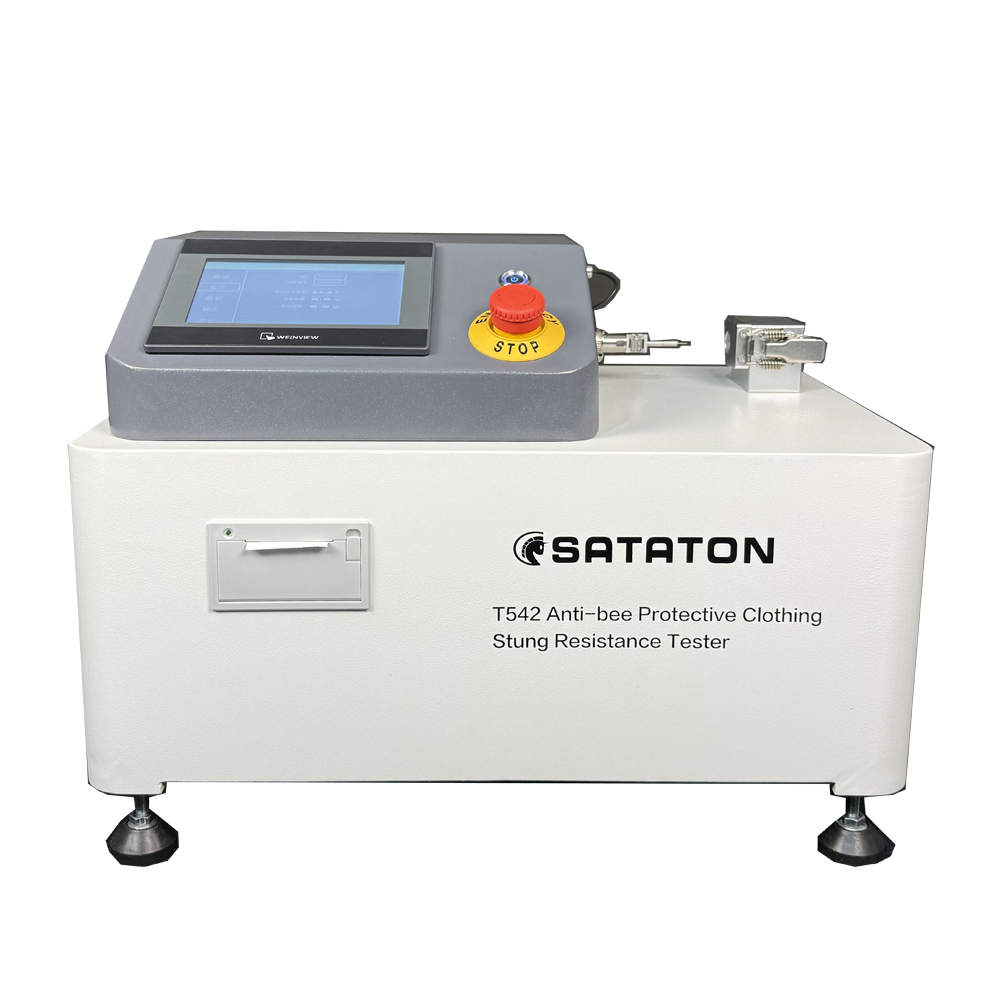
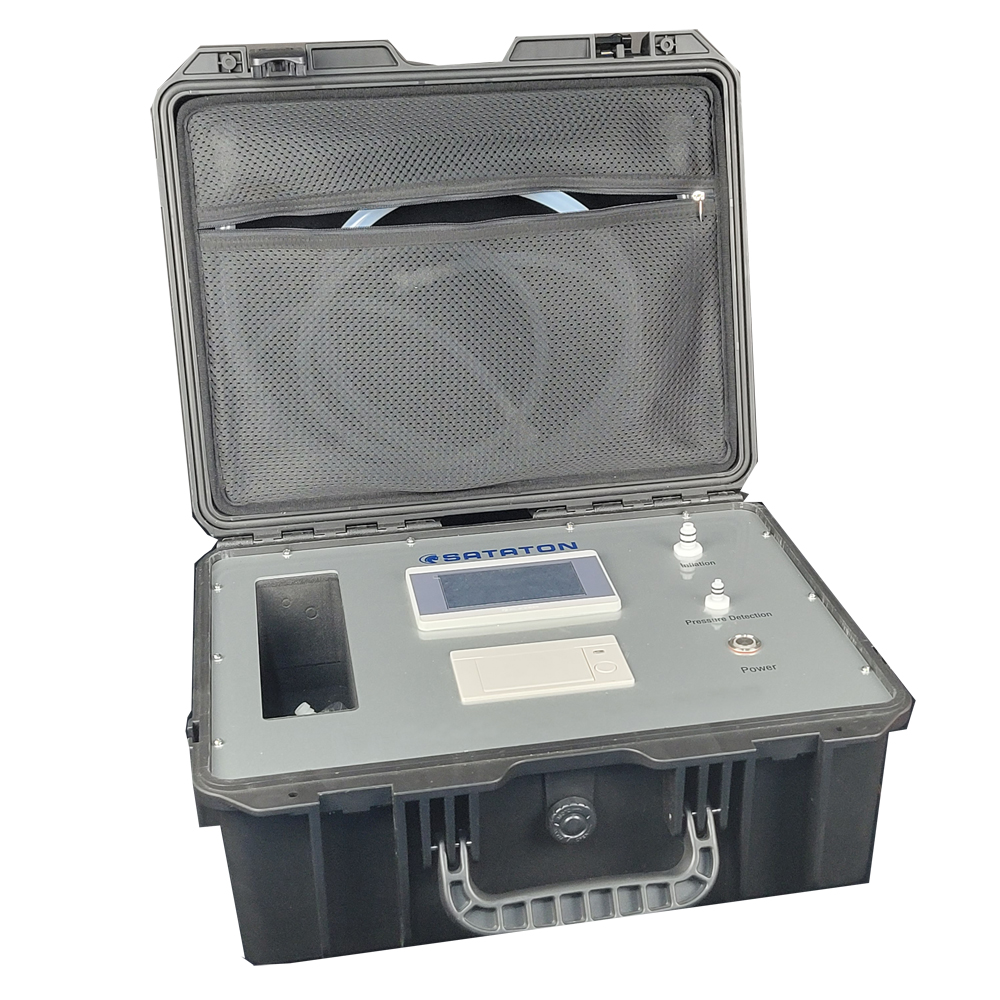


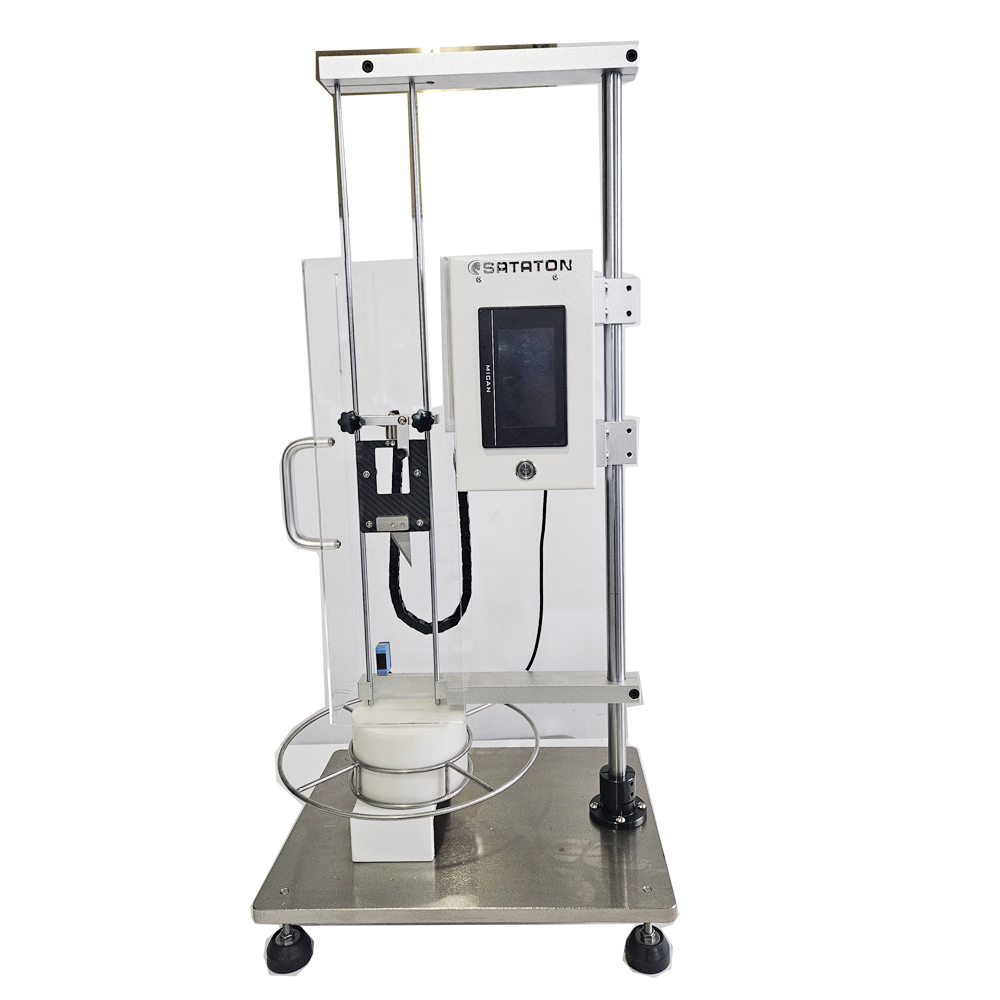
No Views.